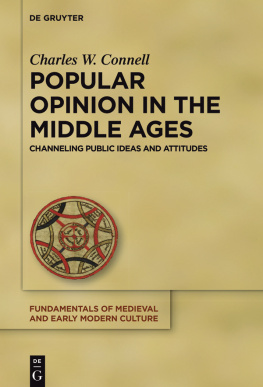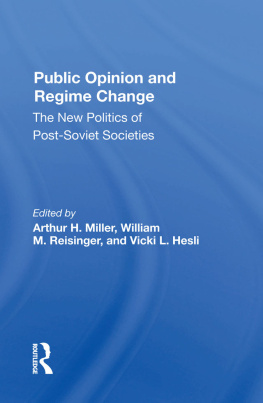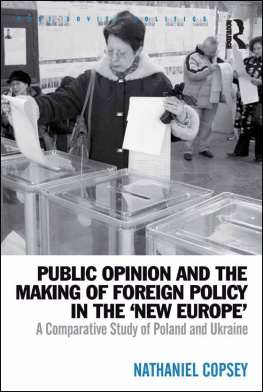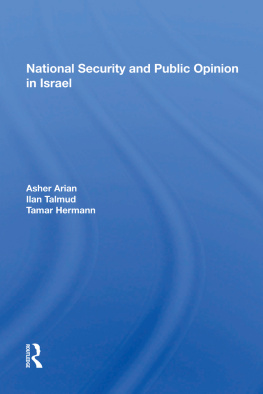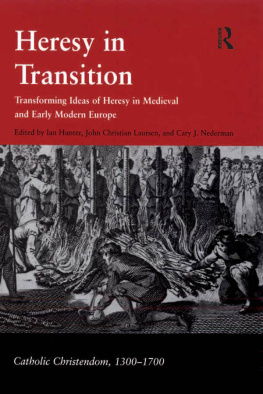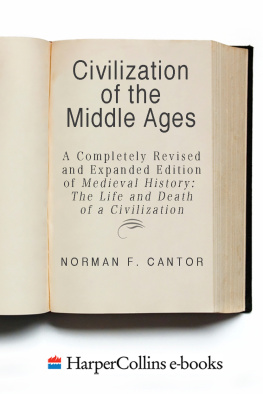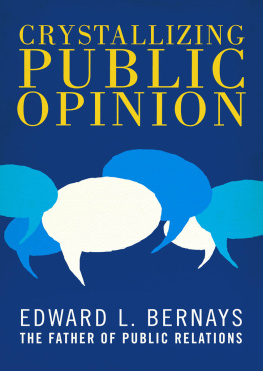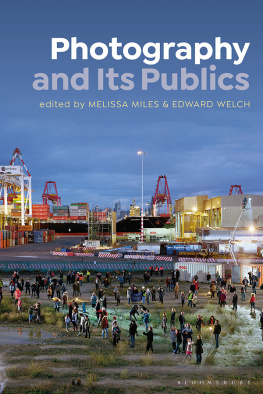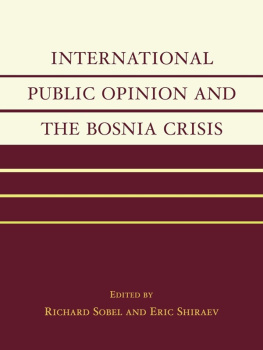Guide

Charles W. Connell
Popular Opinion in the Middle Ages
Fundamentals of Medieval and Early Modern Culture

Edited by
Albrecht Classen and Marilyn Sandidge
Volume 18

.
ISBN 978-3-11-044060-7
e-ISBN (PDF) 978-3-11-043217-6
e-ISBN (EPUB) 978-3-11-043239-8
ISSN 1864-3396
Library of Congress Cataloging-in-Publication Data
A CIP catalog record for this book has been applied for at the Library of Congress.
Bibliographic information published by the Deutsche Nationalbibliothek
The Deutsche Nationalbibliothek lists this publication in the Deutsche Nationalbibliografie; detailed bibliographic data are available on the Internet at http://dnb.dnb.de.
2016 Walter de Gruyter GmbH, Berlin/Boston
www.degruyter.com

To Lynn, my loving companion who provided constant support on this quest.
Acknowledgements
Initially stimulated by research for my doctoral dissertation on the Western reaction to the Mongol invasions of Europe in the thirteenth century, this project began many years ago and was interrupted many times by stints in academic administration. Along the way I have incurred many debts of gratitude, which here I can only repay with slight acknowledgements and words of thanks.
First, since essentially this is a work of synthesis and a long historiographical essay, my admiration goes to those scholars of the past thirty years in particular whose work is represented in this study. This body of rapidly accumulating interdisciplinary research and analysis has served to verify my earliest naive intuitions about the nature of the medieval public and public opinion. The synthesis and conclusions drawn herein are meant to appreciate their efforts, but I readily acknowledge that I cannot do full justice to the many avenues of engaging research and publication that have been opened in recent years. Thus, I must apologize to those whose work is relevant to my own, but who I may have slighted or overlooked entirely. I hope my overview will at least encourage further examination of the many questions it may serve to generate.
Second, I thank many colleagues over the years who have taken some degree of interest in this ongoing study. Jim Brundage, Tim Runyan, James Muldoon, and Giles Constable were among the earliest. Ed Peters, through personal conversation, but even more by his own insightful studies of so many topics directly related to my own, has been a constant stimulus. Most recently, it has been John France, and especially, Albrecht Classen, with whom I have worked on several related projects, who have helped bring this project to its conclusion. To Albrecht and Marilyn Sandidge, who served as editors for the manuscript, I offer a special thanks for their careful attention to detail and accuracy in helping me avoid numerous potential errors. Thanks also to Maria Zucker, Project Editor for the Medieval and Early Modern Studies Series with Walter De Gruyter, who has provided valuable comments and feedback as the manuscript moved forward to publication. However, any errors of commission and omission that remain are solely my own.
Third, this book could not have been completed without the unfailing and patient assistance of the interlibrary-loan staff of Cline Library at Northern Arizona University. A recent sabbatical leave supported generously by my colleagues in the Department of History and Dean Michael Vincent of the College of Liberal Arts provided a much needed catalyst as well.
Preface
Historians have long struggled with issues that constitute the focus of this study. As Joseph Strayer wryly observed about public opinion in 1957, historians could seldom study it directly. They had to deduce its existence [] much like astronomers trying to prove the existence of a new heavenly body which they have not yet seen. For most periods of the past the surviving sources often reveal the opinions of only a small group of the most articulate and more elite of society. Although this remains true for the Middle Ages, my study does not attempt to find a new way to measure the opinion of the public scientifically. Instead, I present a synthesis and an analysis of the way modern scholars have shown the way the public ( populus or people) was being perceived; how medieval sources reveal the evolution of a public sphere in which ideas were articulated and debated; and, the degree to which public opinion could be shown to have influence.
Recent research on the primary topics found in this study can trace its roots to two scholars who published significant works on the influence of communication within a year of each other. One focused on medieval culture and the other on the Enlightenment, but in recent years the results of their work have tended to converge within the research of medievalists. In 1990 The Vox Dei by Sophia Menache laid out the way various medieval media communicated and was used by the Church to deal with issues in the struggle for power with lay elements for control of Christian society. The 1989 English translation of the study by Jrgen Habermas entitled The Structural Transformation of the Public Sphere [ Strukturwandel der ffentlichkeit (1962)] articulated a theory of how the bourgeoisie convened in public places in an attempt to develop a way to influence public power. Although Menache was likely not yet aware of this particular work, she did cite his earlier book on communication published in an English translation of 1979. public. Habermas, on the other hand, construed a public sphere wherein private individuals of the bourgeois class come together to consider, debate, and develop ideas which in turn they attempted to represent as the public good in order to persuade those in power to incorporate them into the power circles. By delimiting the origins of the public sphere to the male bourgeois Enlightenment society, Habermas stirred up a hornets nest that continues to arouse scholars of all eras who find evidence of the existence of public spheres from the ancient to modern times. In reaching to the sources for the Middle Ages, for example, scholars of various disciplines have tended to take up the same issues and fundamental questions concerning communication, influence, and the role of the people that Menache found challenging, and have shed new light on her work as well as that of Habermas.
In this book, my argument focuses in two directions, the first being on how the elite (lay and ecclesiastical) became more aware of the power of the common opinion being expressed in a variety of ways, and how those elite tried to influence and shape that common opinion to support their own view of the common good. Secondly, I illustrate how the research of most recent years reveals not the public, but rather several publics from various levels of medieval society that actually had some impact on the nature of the dialogue on political issues of widespread importance. Underlying this dialogue was the desire to control power, a subject that has been one major center of attention among many excellent medieval scholars in the past twenty years. The one who stands out perhaps most is Thomas Bisson, who has drawn our attention to many aspects of it while at the same time enlightening us on how many in society (the people at various levels) actually experienced it. gathered presented opportunities for the potential influence of greater numbers and thus for control of power. I trace the evolution by examining several key events that affected broad cross-sections of medieval society, including the Peace of God movement of the tenth and eleventh centuries, the ecclesiastical reform that overlapped that era and extended into the thirteenth century, the pursuit of heresy, and the Crusades. By the fourteenth century, the growth of urban society had a much more visible impact on the ways in which public spaces were developed and how literature, theater and public markets helped shape a broader public to communicate and influence decisions affecting many sectors of society. Finally, I look at the work of a sample of political thinkers from the twelfth to the fourteenth centuries to see whether what was happening to and by the people in various public spaces was having any impact on how those thinkers were conceiving the ideal political state and who should have power within it.

